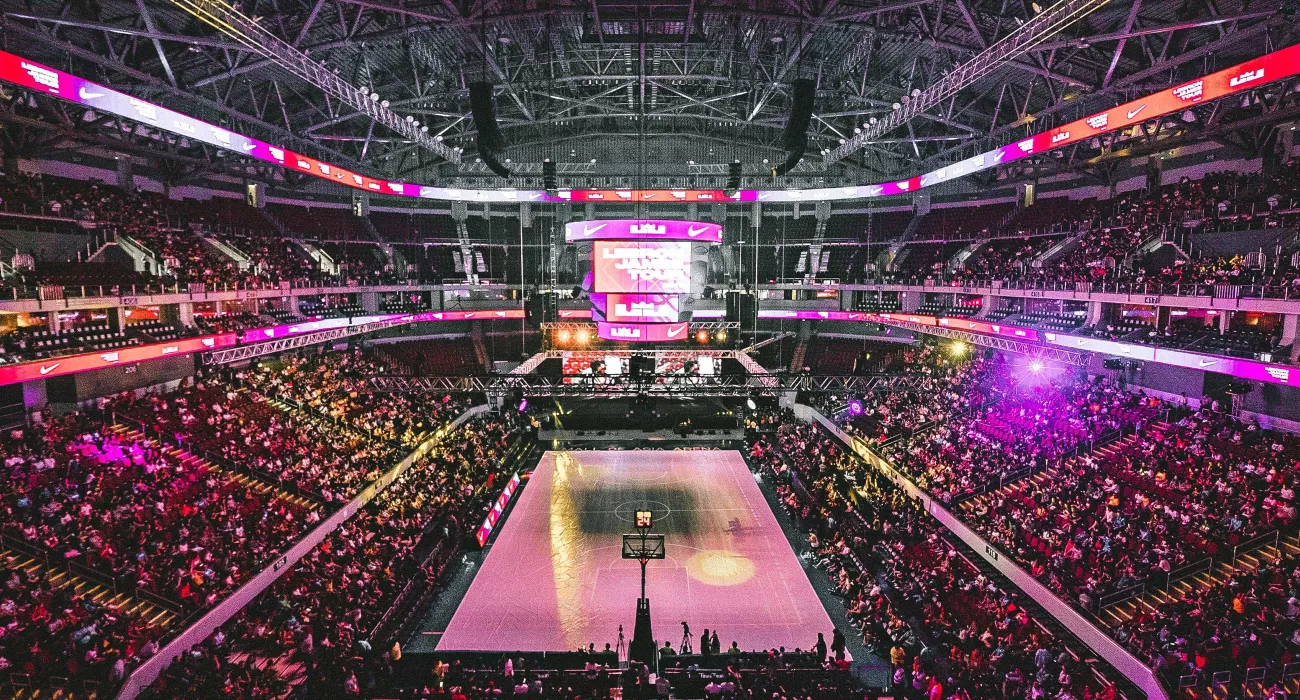A New Era in College Sports, but There’s Still a Long Road Ahead

On June 21, 2021, the United States Supreme Court unanimously ruled in Alston v. NCAA that certain rules enacted by the NCAA cannot survive federal antitrust scrutiny. Although this was likely not a major defeat for the NCAA, it does open the door for future challenges by student-athletes against the organization’s long-standing, strict stance prohibiting player compensation and other benefits. Below are some key takeaways from the Court’s holding and a discussion of potential effects resulting from it.
Key Takeaways
- The holding is narrow. The Court found that only the NCAA’s rules on education-related expenses and benefits made available from conferences or schools, such as rules that limit scholarships for graduate or vocational school, payments for academic tutoring, or paid post-eligibility internships are a violation of the Sherman Antitrust Act. The Court also noted that the NCAA is not precluded from enacting rules that define “education-related expenses.” Importantly, the holding also does not prevent individual conferences and schools from setting their own rules.
- A challenge regarding the NCAA rules that limit athletic scholarships to the full cost of attendance and restrictions related to compensation and benefits unrelated to education was rejected in the lower courts and was not an issue presented before the Court.
- The Court highlighted that market realities are the driving force behind antitrust analysis and made clear that the fact that the NCAA has sustained antitrust scrutiny in the past does not necessarily mean that it enjoys blanket antitrust exemption moving forward.
- The Plaintiffs successfully overcame the difficult burden of proving that the challenged restraint unduly burdens competition by showing that “the NCAA enjoys the power to set wages in the market for student-athletes’ labor – and that the NCAA has exercised that power in ways that have produced significant anticompetitive effects.”
- Antitrust analysis is very fact-specific. Although, in this case, “the NCAA had failed to establish that its rules as it relates to education-related expenses and benefits collectively sustain consumer demand,” the Court acknowledged that “‘some’ rules ‘may’ have procompetitive effects ‘to the extent’ they prohibit compensation ‘unrelated to education, akin to salaries seen in professional sports leagues.’” Moreover, this is not a name, image, and likeness (NIL) case, so the current status on student athletes’ rights to profit from their names, images and likenesses remains unchanged.
- The concept of “amateurism”, which was the NCAA’s longstanding argument to justify its labor and compensation restraints since its inception 115 years ago, no longer offers a safe harbor for the NCAA – at least until the NCAA actually defines what it means.
Looking Ahead
In light of this decision, the NCAA and member-schools will likely refine their current rules and regulations to better define the meaning of “amateurism” and related labor and financial restraints. In addition to the NCAA rule refinements, conferences and schools will be tasked with enacting their own rules regarding education-related expenses and benefits which may result in a complex landscape.
Due to the narrowness of the holding, this decision will likely not result in immediate and wide-spread change among conferences and schools. However, Justice Kavanaugh’s concurring opinion in which he states that “[t]he NCAA is not above the law” suggests that it may be only a matter of time until the NCAA’s current business model undergoes significant change. Most immediately, it will be interesting to follow the impact of this case on potential federal, state, and NCAA NIL regulations.
The student-athletes’ victory in this case, coupled with impending legislative action, signals a new era in college athletics. With that said, with some rule refinements, the NCAA may be able to press forward with incremental rather than full-scale changes to its business model.
Contacts
- Related Industries

